
France out of confinement will be the choice of many of us for the summer holidays. Luckily, it's a wonderful territory for exploration. Relaxing on sandy or pebble beaches, hiking in the high mountains or cultural visits, many activities are possible just a few kilometres from home! France's rich heritage, its varied landscapes and changing climates from north to south will seduce even the most undecided. Here are 15 destinations that are worth the detour!
Don't hesitate to read our article on the 17 Grands Sites de France that have been awarded the label
The Cap Corse, island beauty
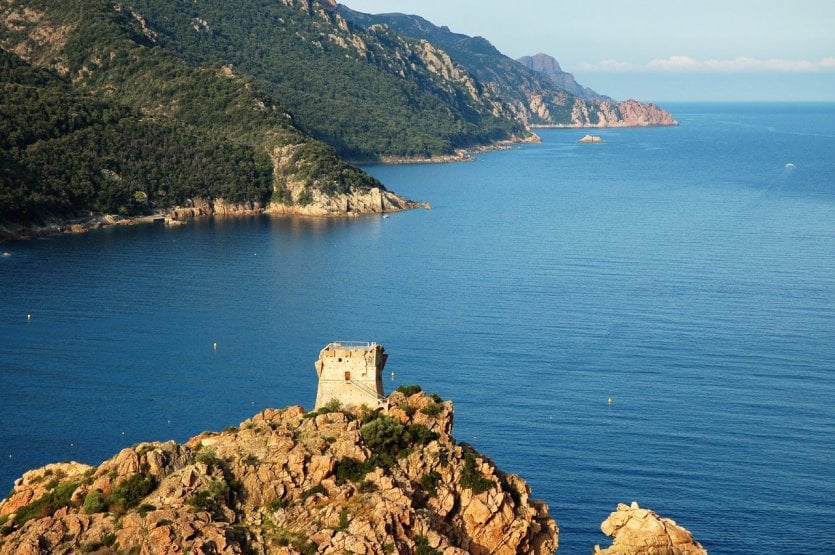
Corsica is one of the most beautiful French summer destinations, it's obvious. To avoid the hordes of tourists that invade the island of Beauty every summer, bet rather on Haute-Corse, slightly less crowded than the south. The Cap Corse is the tongue of land that stretches into the sea, at the extreme north of the island. From Bastia to Barcaggio, its jagged relief stretches over 40 km. The Genoese towers follow one another, just like the villages of character edged in blue... An idyllic landscape that can be reached after a few hours by ferry from the South of France
The Alabaster Coast and its mysterious needle
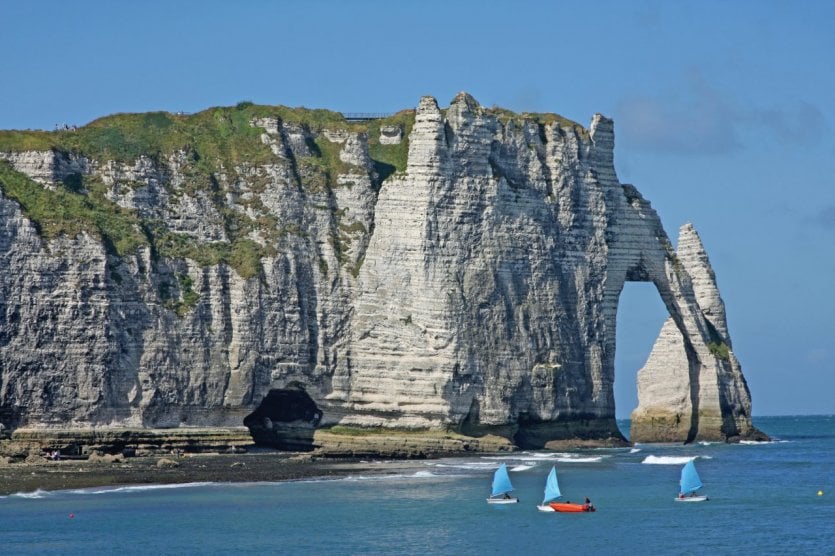
The Seine-Maritime coastline, populated by high white cliffs battered by the waves of the English Channel, is known as the Alabaster coast. The pearl of this coast is certainly Étretat. Known for its doors carved into the cliffs, it was notably honoured by Maurice Leblanc in his Aiguille creuse. The Maurice Leblanc house, better known under the name of Clos Lupin, pays tribute to Arsène Lupin, the gentleman burglar who was born under the author's pen
The Calanques, a Mediterranean getaway
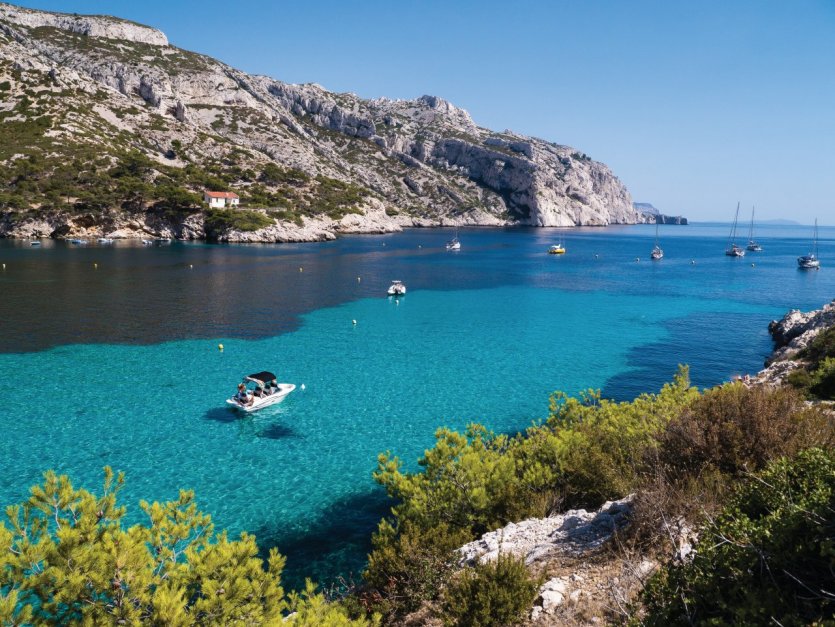
The creeks form an exceptional landscape between Marseille and Cassis, along the Mediterranean Sea. One comes to these pretty creeks set by high cliffs to swim, dive or hike, especially from Luminy not far from Marseille. Among the most famous creeks, En-Vau for its turquoise waters, Sormiou for its seabed or Sugiton for its enchanting setting
The Opal Coast, an exceptional coastline
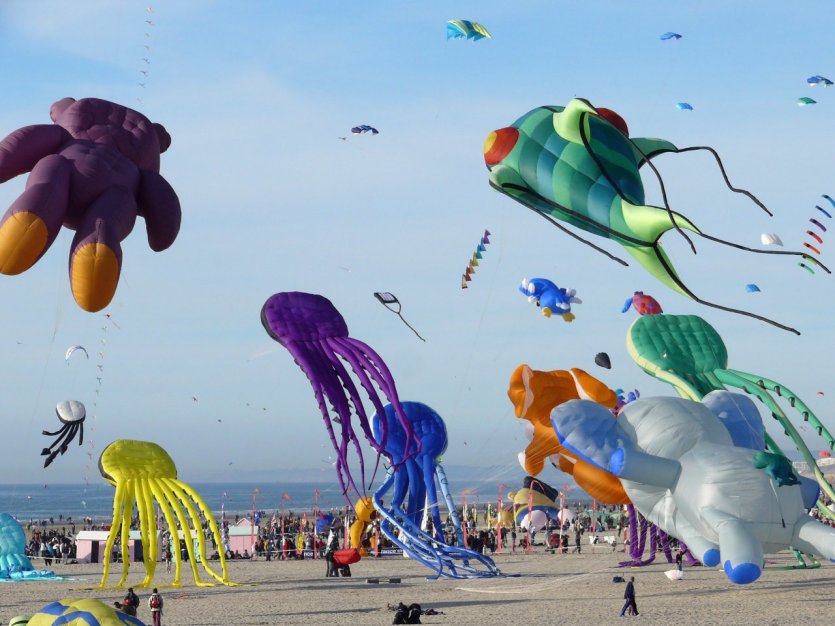
The weather can be capricious, but we assure you that you will still have a good time! The Hauts-de-France coastline is renowned for its long sandy beaches such as those of Berck or Le Touquet and for its two capes (Blanc-Nez and Gris-Nez) which are part of the network of Grands Sites de France. You should also know that the Opal Coast is one of the privileged sites for the observation of seals and sea calves in France, particularly in the Bay of Authie, not far from Berck
The Périgord, four visits in one
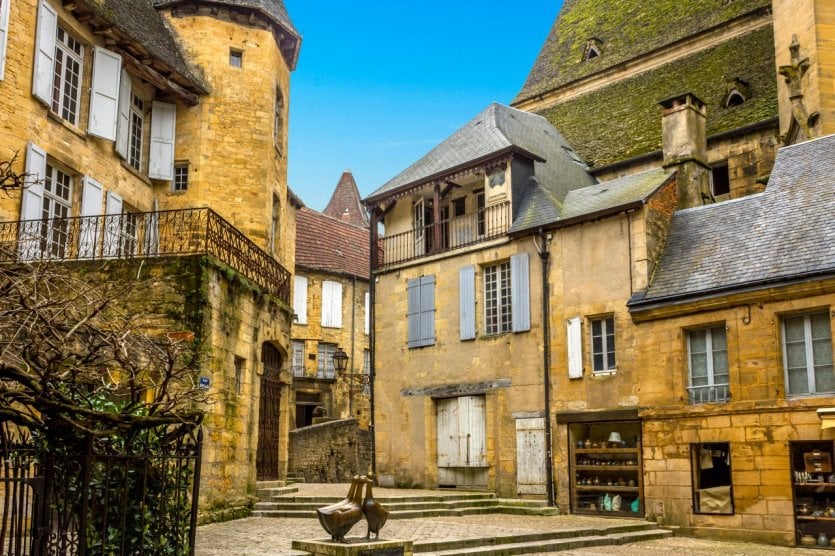
The Périgord is divided into four territories, each named after a colour: black, white, green or purple. The history of the Périgord is very rich and begins as early as Prehistory, as evidenced by the many caves such as Lascaux or troglodyte sites such as Roc de Cazelle. This department is also known for its vineyards, especially in Bergerac, and its medieval towns such as Sarlat-la-Canéda
The Basque Country, surfing and traditions
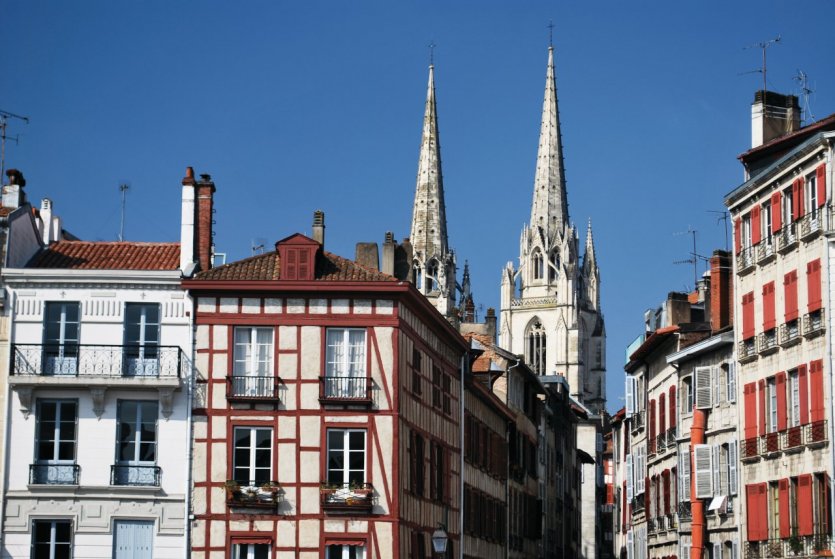
Between France and Spain lies the Basque coast. A succession of sandy beaches, the south-western coast is the Promised Land of surfers who come to challenge the rollers of the Atlantic Ocean. But surfing is not the only thing in the Basque Country! A land of history and traditions, it is a region rich in discoveries, from Basque pelota to the chilli peppers of the village of Espelette and the unmissable festivals of Bayonne
Ré and Oleron, twin islands
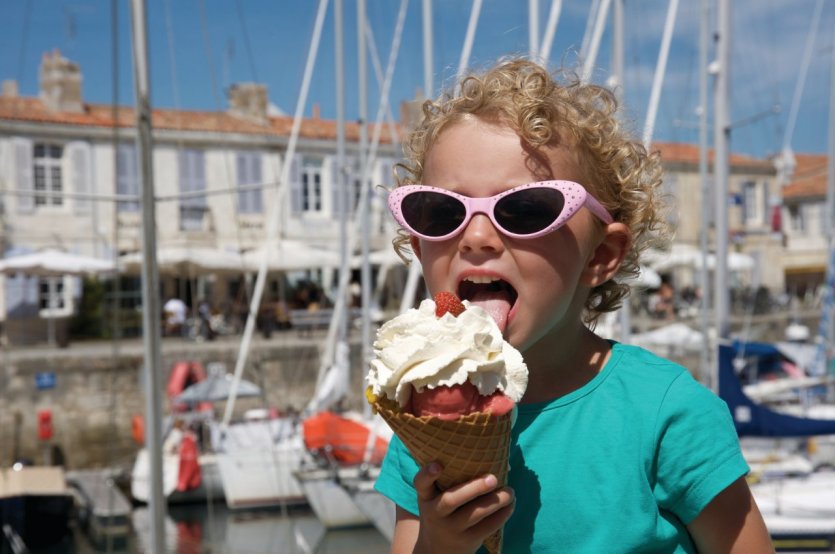
In the Bay of Biscay, opposite La Rochelle, are the islands of Ré and Oléron. Very popular in summer, they are still worth a visit if you are planning a holiday in Charente-Maritime. Although they may be considered twin from a natural point of view (they have the same diversity of landscapes, fauna and flora), the atmosphere is quite different on the two islands. Ré, nicknamed "the white one" for the colour of its houses, is the most fashionable one and one meets many celebrities on holiday there. Oleron, for its part, has retained a more natural and less elitist side. The choice is yours!
The Jura and its waterfalls
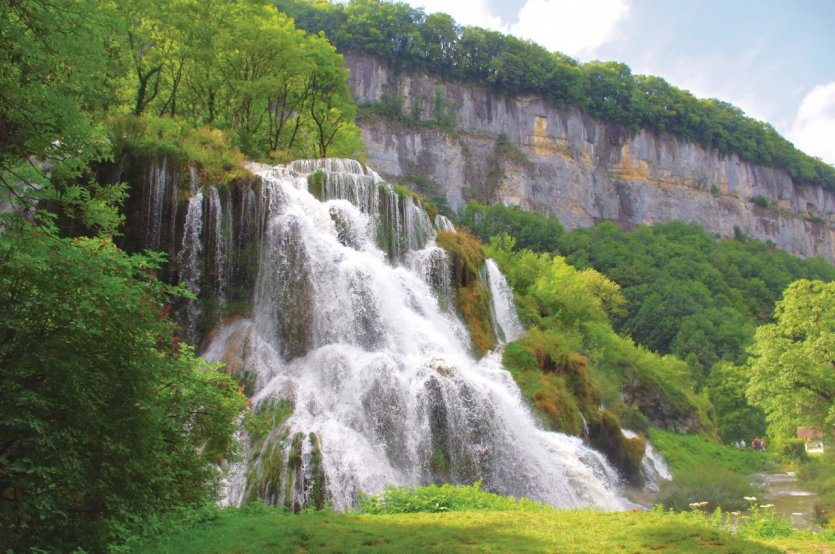
Visiting the Jura is like taking a deep breath of fresh air! You will discover towns and villages of character such as Dole or Baume-les-Messieurs but also vineyards and an exceptional natural heritage. Among the unmissable sites are the Hérisson waterfalls, which have 31 jumps and 7 large waterfalls. You reach them after a 7 km hike. At Baume-les-Messieurs, the tufa waterfall also refreshes visitors in a unique setting where the stone is sculpted and produced by the watercourses
The plateau of Valensole, like an air of Provence
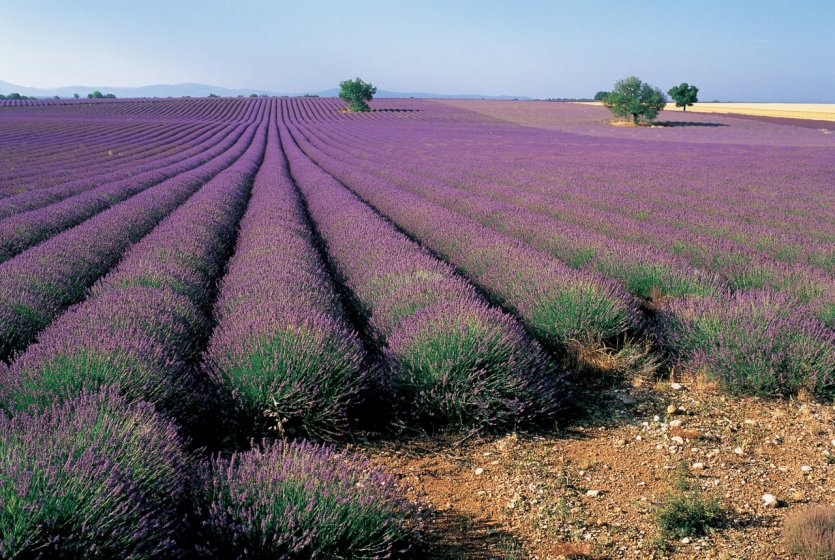
Southwest of Digne-les-Bains, in the Provence-Alpes-Côte-d'Azur region, Valensole is known for its 800 km2 plateau nicknamed the "attic of Provence". Depending on the season, cereals or lavender are grown there. It is thus at the beginning of the summer that one must come to admire this landscape, when a purple and fragrant carpet covers the plateau. In July, there is also the lavender festival in Valensole
The Glénan archipelago, enchanting Brittany
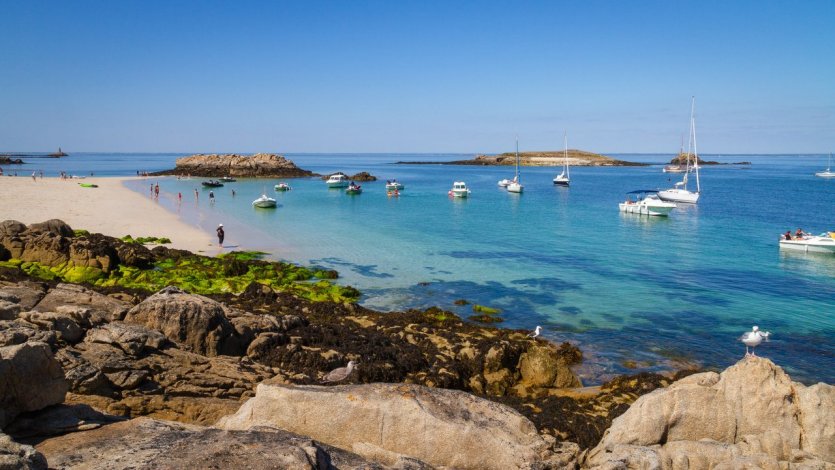
White sandy beaches and clear waters await you in the Glénan archipelago. No, you're not dreaming, you are indeed in Brittany, in Finistère to be precise! Here the landscape is meant to be paradisiacal and nature displays its treasures like the Glénan narcissus, an endemic flower that you come to admire in spring. In the summer, swimming and diving are on the program (the Glénan diving centre has a worldwide reputation!)
Impressionist Creuse
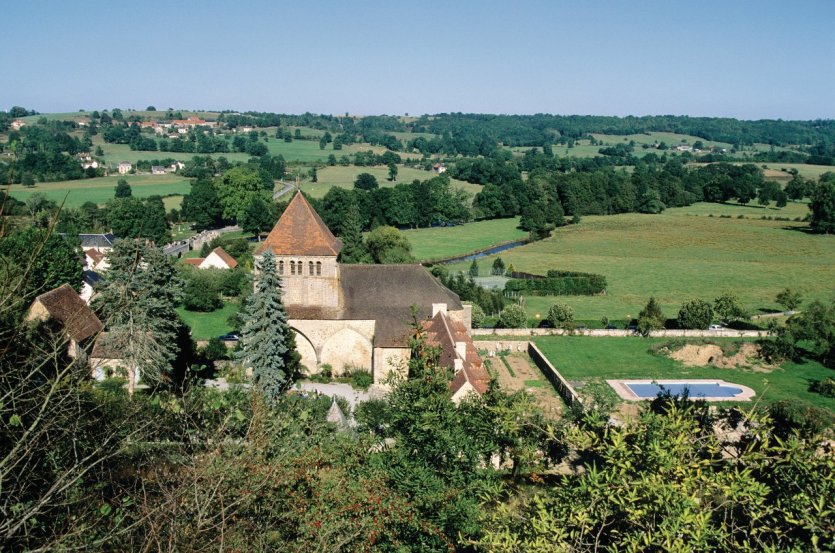
Hikers and aesthetes, go to Creuse to admire the Valley of the Painters. The valley that stretches around Crozant and Fresselines has inspired many artists, starting with the impressionist painters. Claude Monet or Francis Picabia immortalized these landscapes and today their work is showcased in exhibition spaces such as the Monet Rollinat in Fresselines or the Lépinat Hotel in Crozant, the inn that welcomed artists until 1930, which has now become an interpretation centre for Impressionism in the valley
Lège-Cap-Ferret, seaside resort
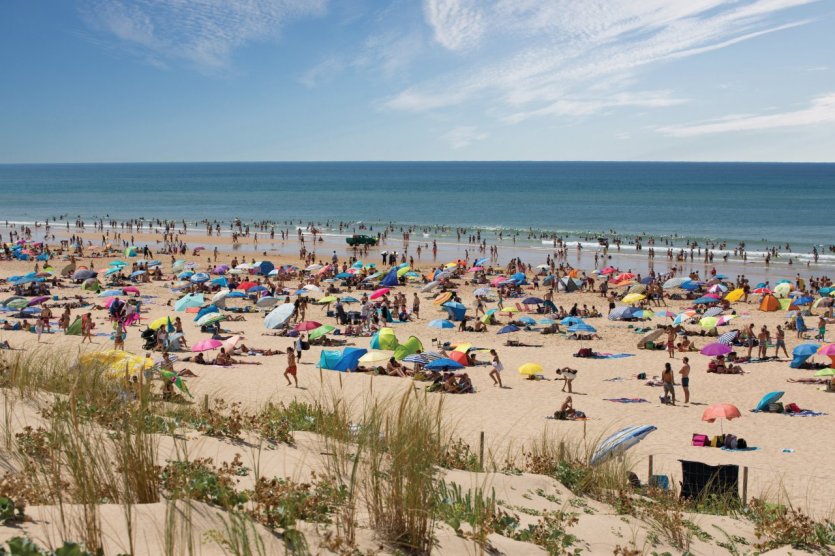
Lège-Cap-Ferret separates the Arcachon basin from the Atlantic Ocean. It floats there a permanent holiday air, reinforced by the beautiful beaches and their waves that allow to learn board sports. A stay in Cap-Ferret would not be complete without a stop in one of the many tasting huts where you can savour the local oysters. It is therefore not surprising that Cap-Ferret has been used as a backdrop for various holiday film shoots such as Camping or Les Petits Mouchoirs!
The hinterland of Nice and its perched villages
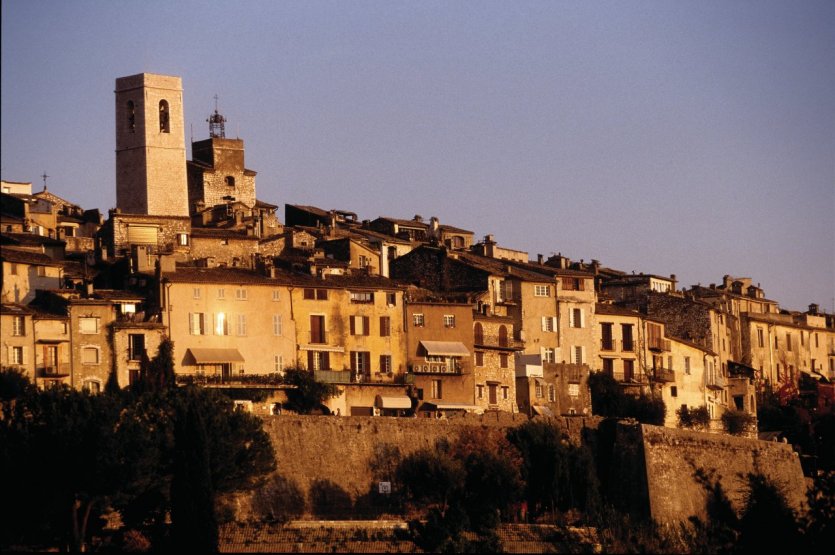
A summer getaway on the French Riviera is a must. However, it would be wrong to be satisfied with the Promenade des Anglais in Nice, although it is worth the detour. Off the beaten track, the Nice hinterland and its many perched villages are soothingly beautiful. You can admire the panorama from Aspremont before discovering Colomars and Castagniers and going to the famous Saint-Paul-de-Vence. The Côte d'Azur, a sure bet
The Huchet Current, the Landes Amazon
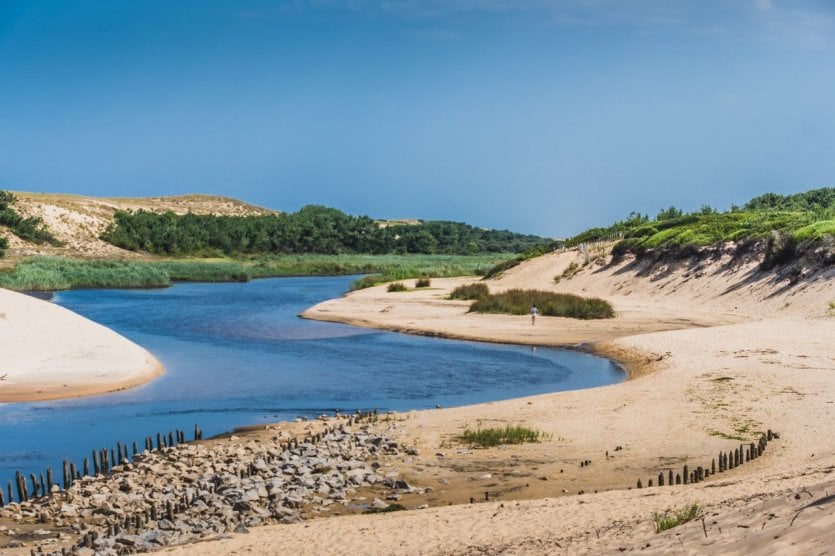
The Huchet current is the only one to have preserved its natural character in the Aquitaine coastline: its mouth has never been dyked. Classified as a national nature reserve and nicknamed the "Landes Amazon", the Huchet current enjoys a very rich ecosystem and biotope. We travel along the current on board a galupe, a traditional boat which crosses its different landscapes (marshes, dunes...). In total, more than 250 species of birds are recorded in the reserve as well as many reptiles
The Aubrac plateau, in the heart of the Massif Central
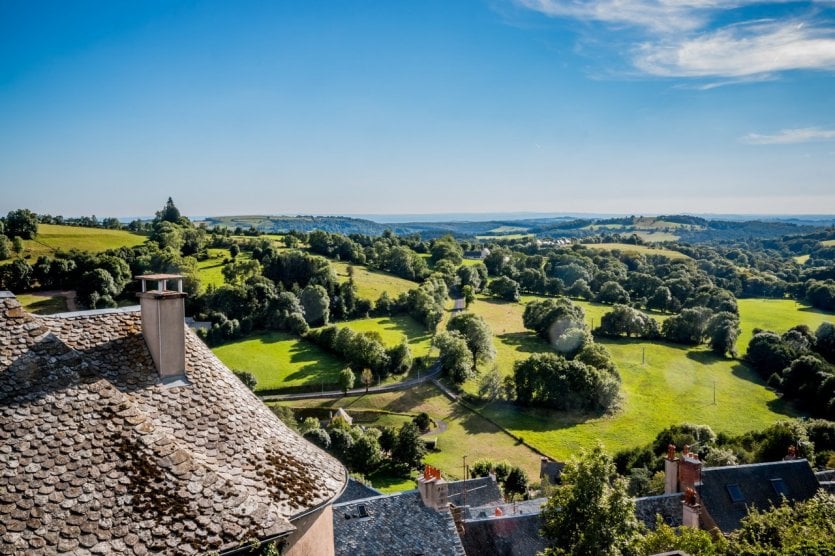
On the borders of Aveyron, Cantal and Lozère, the Aubrac plateau is a paradise for walkers. Its wide open spaces, forests and pastures offer a breath of fresh air to hikers. A stop at Laguiole is an opportunity to discover the know-how of cutlers and cheese makers, because Laguiole is also a raw milk cheese! Just before summer, at the end of May, don't miss the transhumance festival during which the Aubrac cows and their migration to higher altitudes are celebrated.


